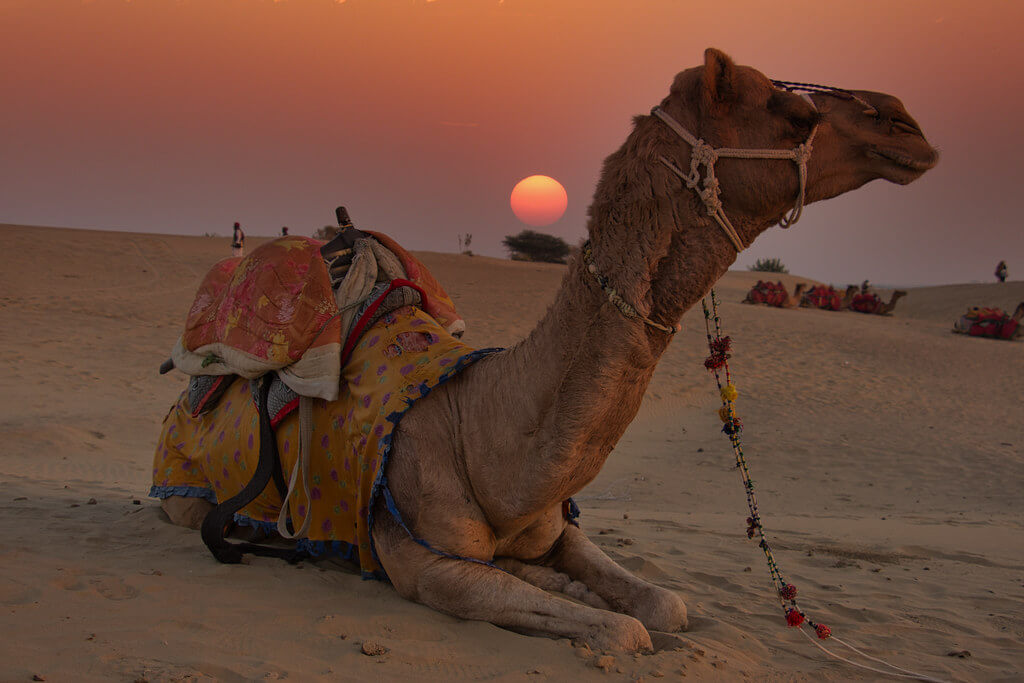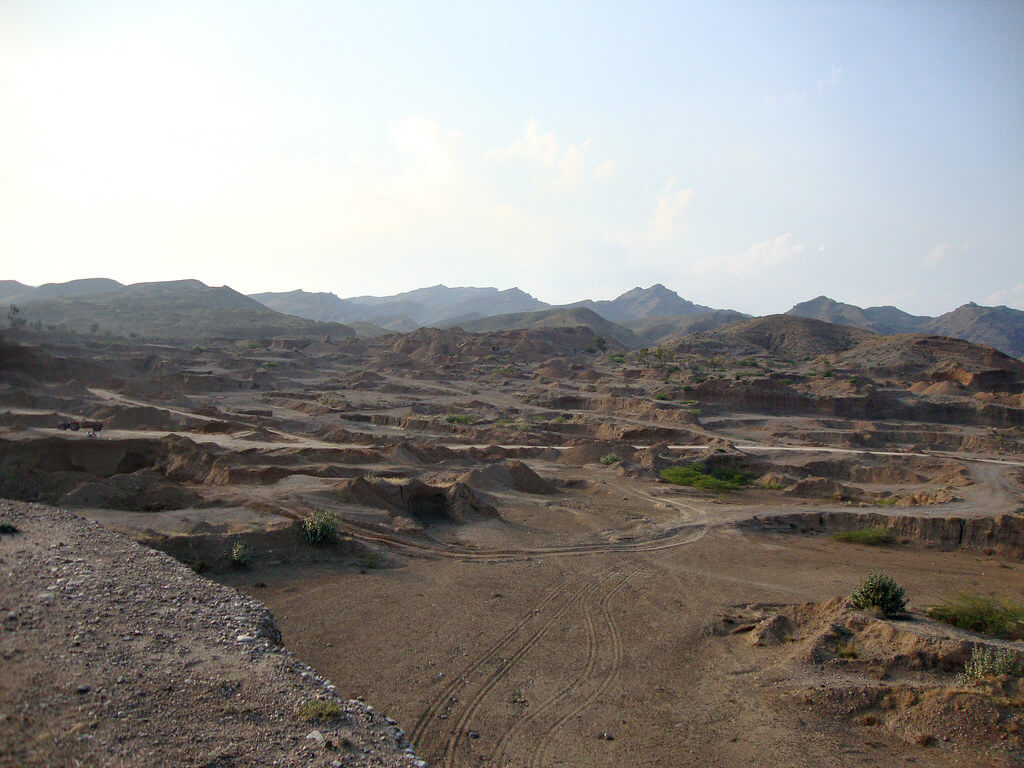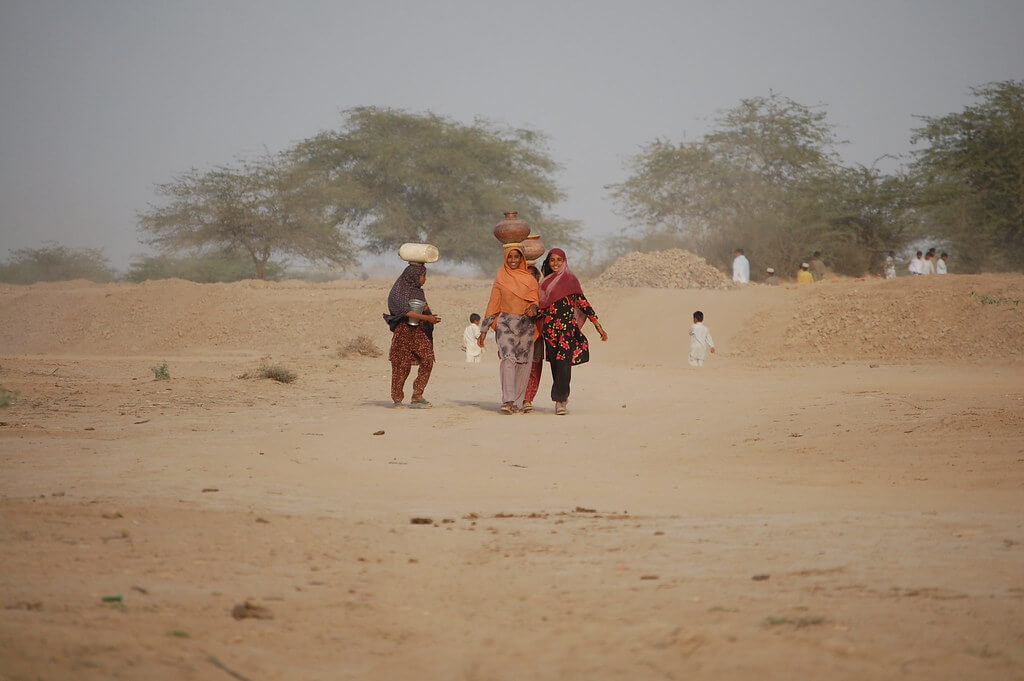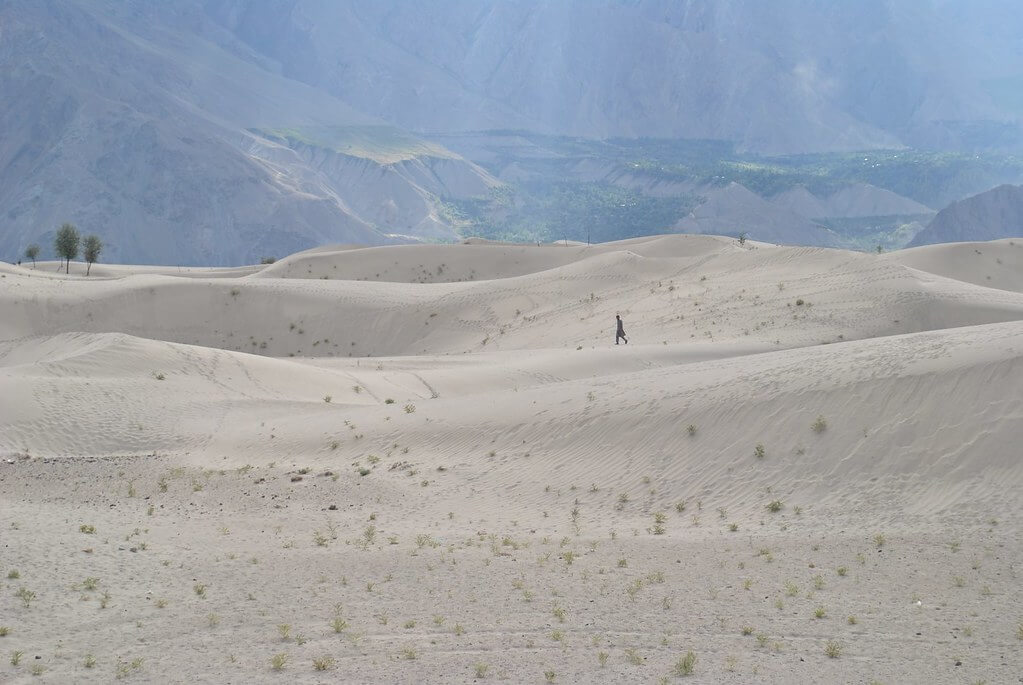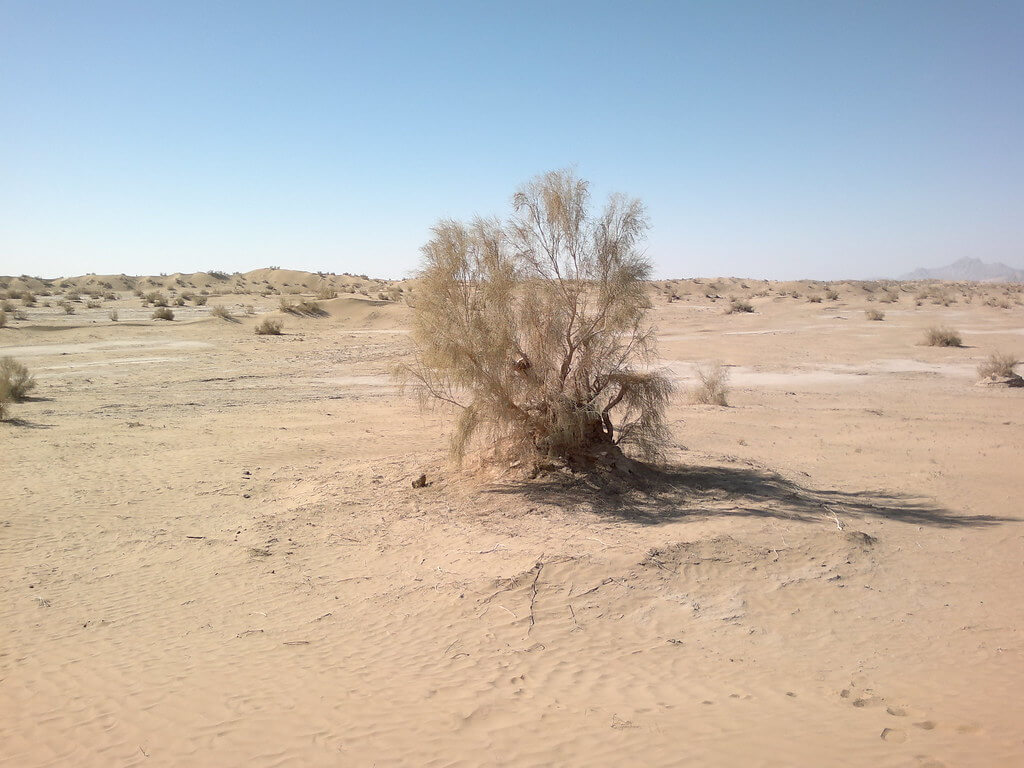Deserts in Pakistan
Deserts in Pakistan: Pakistan ranks at the top of the list for gorgeous, spectacular, and natural sights. Pakistan is abundant in mountain ranges, breathtaking hill stations, and tourist attractions. Pakistan was recently named the world’s top tourist destination for 2020. Drylands, also known as deserts, cover 10% of Pakistan’s total land area. Deserts of various sizes and characteristics can be found throughout the country. Deserts in Pakistan are noted for their distinct characteristics. If you enjoy tourism, read our blogs on magnificent hill stations in Pakistan, and if you want to learn about Pakistan’s deserts, you’ve come to the perfect place. In this article, we shall study the fascinating deserts in Pakistan.
The major deserts in Pakistan are mentioned below:
- Thar Desert
- Thal Desert
- Cholistan Desert
- Katpana Desert (Cold Desert)
- Kharan Desert
Thar Desert
The Thar Desert, also known as the Great Indian Desert, straddles the border between India and Pakistan and is one of the world’s largest deserts. It is a large, arid expanse of undulating sandhills that spans a quarter of a million square kilometers of the subcontinent. The Thar desert is enormous and covers much of Indian Punjab and Gujarat, as well as Sindh, Pakistan. To put this in numbers, approximately 85% of the desert is in India, with the remaining 15% deserts in Pakistan.
Another astonishing fact about Thar is that, despite its terrible natural surroundings, the desert is home to around 30 million people, making it one of the most populous, easily accessible, and least unfriendly deserts in the world. Because of these qualities, it is commonly referred to as the “Friendly Desert”. The majority of the desert’s population reside in rural areas and follow both Islam and Hinduism. This gives cultural richness to the region, and residents here celebrate numerous colorful festivals throughout the year. Thar’s population is primarily made up of nomads who make their living through agriculture and animal husbandry.
Thar is also home to some of Pakistan’s most spectacular wildlife species, which have evolved to withstand the desert’s heat and dryness. Some of the rarest animals, as well as regional and migratory birds, can be seen grazing on the thorny bushes and wandering around the vastness of this desert, including Blackbuck, Chinkara, Bishnois, red fox peacock, peafowl, eagles, harriers, falcons, buzzards, kestrels, and vultures, to name a few.
Thal Desert
The Thal Desert is located in Punjab, Pakistan. The area is located near the Pothohar Plateau and belongs to the Indomalayan biogeographic domain. It is roughly 190 miles (306 kilometers) long and has a maximum breadth of 70 miles (113 kilometers). It is bounded by the northern Salt Range’s piedmont, the Indus River flood plains to the west, and the Jhelum and Chenab River floodplains to the east.
It is a subtropical sandy desert similar to the Cholistan and Thar deserts in terms of geography. The region is distinguished by dunes that are prone to enormous shifting and rolling, as well as sparse rainfall, wide diurnal temperature range, and strong wind velocity. Aridity is common, and perennial grasses make up the majority of the vegetation. Agriculture and cattle husbandry are the primary sources of income for the population, who live in small, scattered communities throughout the desert.
Cholistan Desert
The Cholistan Desert of Pakistan, also known as the Rohi Desert, is located in Bahawalpur, one of the largest towns in the Punjab region of Pakistan. The desert is named Cholistan because 81% of it is sandy. Cholistan is derived from Turkic languages and means “land of sands”.
The desert covers 25,800 km2 (10,000 square miles), making it Pakistan’s largest desert. Historically, the desert was a resourceful location since it received water from the Himalayan range through several waterfalls in Pakistan. But later on, the desert converted itself into a hub of semi-nomadic people that became a way of establishing forts.
The Cholistan Desert in Pakistan includes three districts of Punjab: Bahawalpur, Bahawalnagar, and Rahim Yar Khan. The Cholistan Desert has an average temperature of 28.33 °C, with an average of 38.5 °C in July, the hottest month. During droughts, temperatures can reach 50 degrees Celsius.
Cholistan desert is well-known for its native and handmade handicrafts, which include wool, cotton, silver, and gold jewelry, and handwoven blankets. Cholistani Khussas are some of the most well-known handcrafted goods in the desert. The bulk of semi-nomadic people generate income from livestock by breeding animals to sell. The Cholistan desert of Pakistan was home to a variety of distinctive birds and animals, including wolves (rare), red foxes, peregrine falcon, cobras, saw vipers, Russell’s viper, jackals, Indian mongoose, and forest cats. The Derawar Fort adds historical significance to the Cholistan Desert.
Katpana Desert (Cold Desert)
Katpana Desert, often known as the “Cold Desert,” is located in Skardu District, on the northern border of Gilgit Baltistan. It is a high-altitude desert with several dunes that are covered with snow throughout the winter. Katpana deserts are one of the world’s highest deserts, with an incredible altitude of 2,226 meters (7,303 feet) above sea level. At night, this desert provides mesmerizing, breathtaking, and magnificent sandy scenery, transforming it into a majestic site to explore. Tourism firms in Pakistan offer specific packages for this destination. Skardu and Shigar Valley contain a huge section of the Katpana Desert. Each year, a large number of tourists visit this desert. The exact section of the desert that is most frequently visited by visitors is located near the Skardu airport. The temperature ranges from 8 °C (46 °F) to 27 °C (81 °F). In December and January, temperatures can plummet to −17 °C (1°F).
Kharan Desert
The Karan Desert is a huge desert located in the Balochistan province of south-western Pakistan. This sandy and rugged terrain also hosted Pakistan’s second nuclear test, Chagai-II, which took place on May 30, 1998. The region has a dry climate. The majority of the region’s residents work in agriculture or farming. The terrain is mostly dry, gray-brown sand that spreads out. Interestingly, history claims that Alexander the Great also traversed the Kharan Desert. He invaded the region through the historic Khyber Pass after fighting King Porus in the fourth century BC. If you enjoy history, you must visit historical sites in Pakistan.
Although the Balochistan region has harsh and dry weather conditions, the Kharan desert may be distinguished from the rest of the arid environment by its sandy nature and even terrain, which ranges from 1000 m in the northeast to 500 m in the west. The desert is located in the Kharan District and covers over 20,000 square kilometers, with a population of only 0.23 million. It is surrounded by picturesque hills up to 3000 meters high to the north, east, and west, and stretches into Iranian territory to the west.
Conclusion
Pakistan is a country with stunning scenery. Pakistan is known for its deserts, in addition to its lush green landscapes. Pakistan has five major deserts: Thar, Thal, Katpana, Cholistan, and Kharan. These deserts have distinct cultural and historical importance. Every year, a large number of people visit the deserts to see its culture, art, and beauty, which includes dunes and annual festivals.


